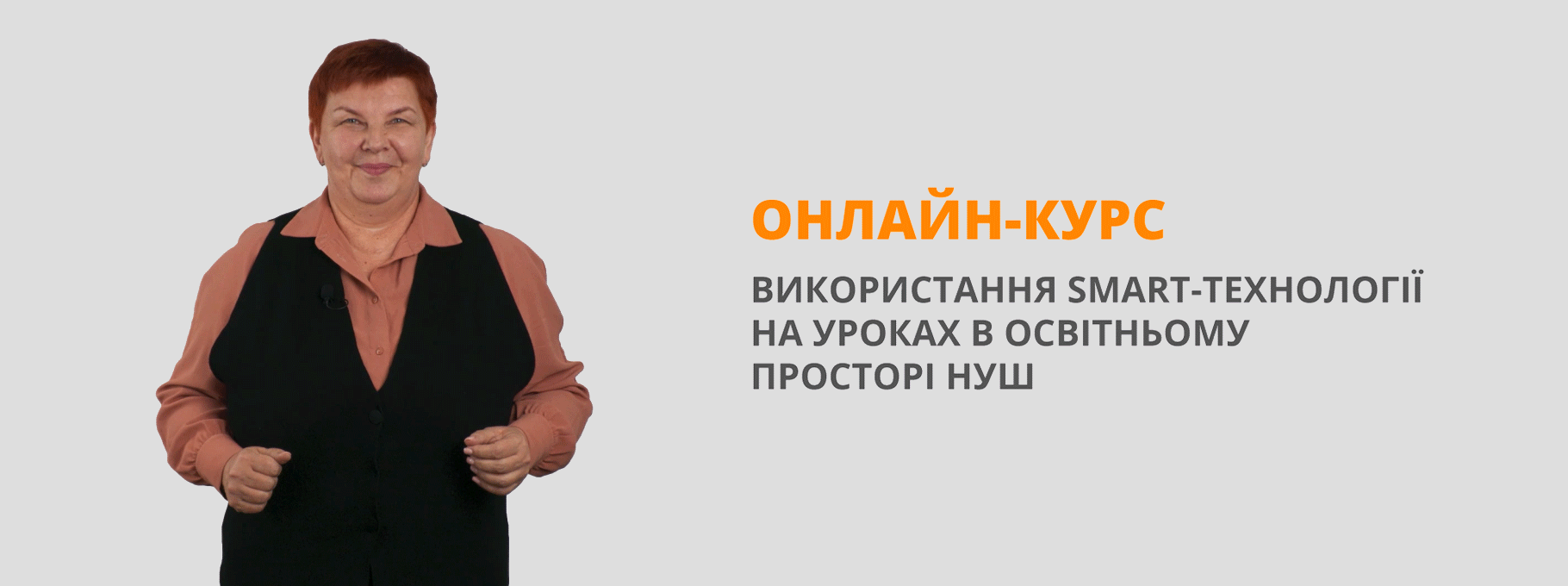Розробка уроку "Healthy eating is a snap" з використанням методу ситуативного навчання
Topic: EATING RIGHT
Aim: How to eat healthy?
Objectives:
- Asking for getting information.
- Discussing eating habits.
- Discussing healthy eating.
- Expressing preferences.
- Watching videos about healthy and unhealthy food.
- Reading a text about food pyramid.
- Writing a short paragraph about healthy breakfast, dinner, supper.
Methods: pair work, group work, gig saw reading, case study
PROCEDURE
I WARMING UP
Ex. 4 Listening
Listen to three short dialogues and answer the questions.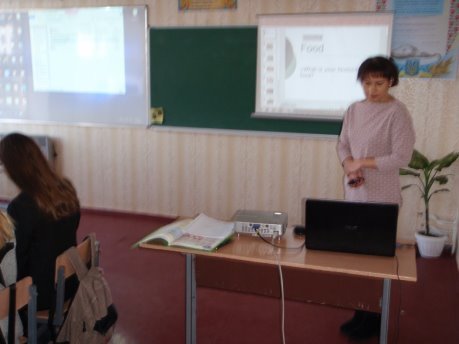
II MAIN PART
T: You are divided into four groups: the Scientists, the Dietitians, the Worried Parents, the Experts.
- Questionnaire.
T: You may ask each other to get information on the next questions, which you have in your questionnaires. (Appendix 1)
- What kind of food do you like eating?
- What kind of food do you hate eating?
- How often do you eat unhealthy food?
- What food do you avoid eating to stay healthy?
T: And now let us get to know your results. (Ss discuss the results of getting information)
2. Gig saw reading.
T: Read the test about food pyramid. Then one Ss from each group go from one group to another and tell his own part of the text. Then the SS retell the whole text.
- In order to stay healthy, you have to eat a variety of nutritious foods every day. It's not that easy to eat healthy though, and that's where the Food Guide Pyramid can help you out!
- Food Pyramid - The Pieces of the Puzzle
- The Food Guide Pyramid is an easy way to learn about healthy eating. Just think of it as a puzzle of nutrients that your body needs every day, and the five major food groups are the puzzle pieces.
- Milk (3-4 servings) - Foods include milk, yogurt and cheese. The key ingredient is calcium, which builds strong teeth and bones.
- Fruits (2-4 servings) - Fruits are excellent sources of vitamin C, which heals cuts and keeps skin healthy, and fiber, which helps your digestion. So stock up on fruits - fresh fruit, dried fruit, frozen fruit, canned fruit... they're all good!
- Vegetables (3-5 servings) - Veggies are also great sources of fiber and vitamin A. Just remember that darker colored vegetables, like carrots and broccoli, have more nutrients.
- Meat (2-3 servings) - Foods include meat (beef, chicken, turkey, fish, pork but not bacon), beans and nuts. This group provides iron and protein, which gives you strong muscles.
- Grains (6-11 servings) - This food group gives you energy because it contains carbohydrates. Includes breads, cereals, rice and pasta.
T: Healthy eating is a very difficult task. Today you will get to know how to eat healthy and be
healthy. 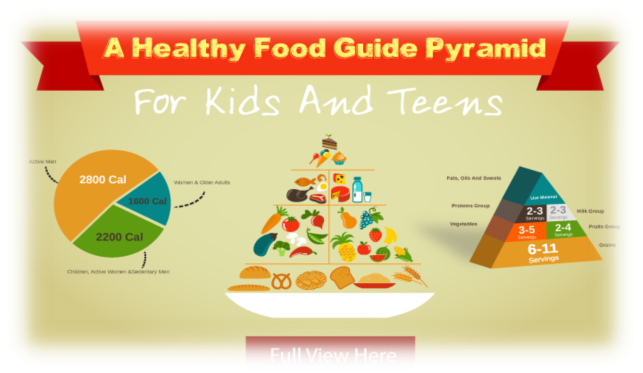
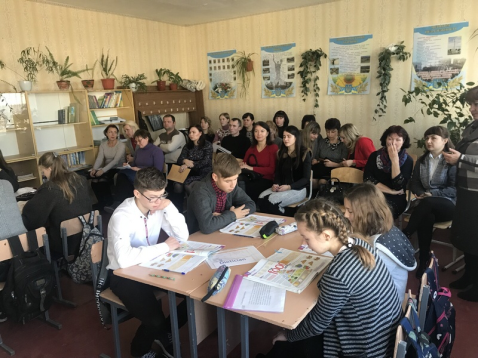
T: Imagine your home frige. What food does it contain? Is it healthy or unhealthy?
(Ss one by one name the food form their home fridge, deciding is it healthy or unhealthy).
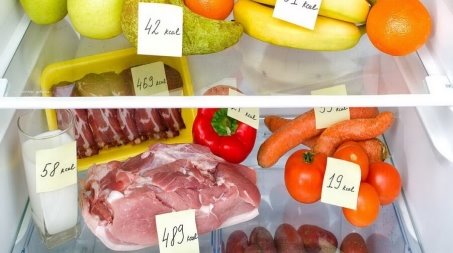
- Watching the videos.
T: Watch the first video “Healthy eating is a snap”.
https://www.youtube.com/watch?v=QhDrINFFgGg
-
T: Let us invite our Dietitian. She will tell us some information how to calculate calories.
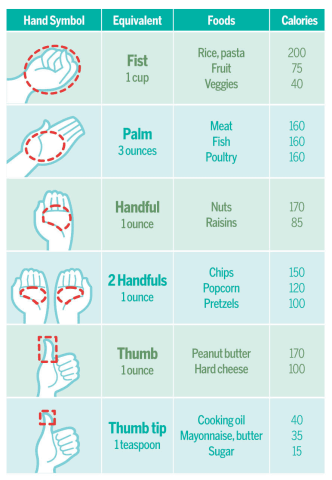
- Calorie requirements vary according to several factors, including your gender, age, body frame, current weight, height, level of physical activity and hormone balance. Daily Value percentages on food labels assume a 2,000-calorie diet, but your caloric needs may be more or less. Most people need 1,600 to 2,400 calories each day; athletes require a larger caloric intake, while minimum calorie requirements usually don't go below 1,400. Calorie requirement calculators are available online, or you can talk to a doctor or dietitian
T: Watch the second video “Healthy eating and Nutritious”.
https://www.youtube.com/results?search_query=healthy+eating+and+nutrition+-+simple+yet+effective
T: Our Scientist will tell us about research of Columbia University.
- If you’re not following a strict diet, you can simply go by generic guidelines. Columbia University recommends consuming 350 to 500 calories at breakfast. If you eat fewer than 350 calories, you won’t get enough energy to boost your metabolism and to carry you through to the next meal. On the other hand, more than 500 calories may be more energy than you need, which means the excess calories will be stored as fat. This range works well for many people, but if you typically consume more than 2,400 calories daily, you may need 600 calories or more for breakfast.
T: Watch the third video “Healthy eating for teenagers”
https://www.youtube.com/watch?v=a7Wkk7__9l8
T: One of our Worried Parents calories, which need every person per a day according to the age. 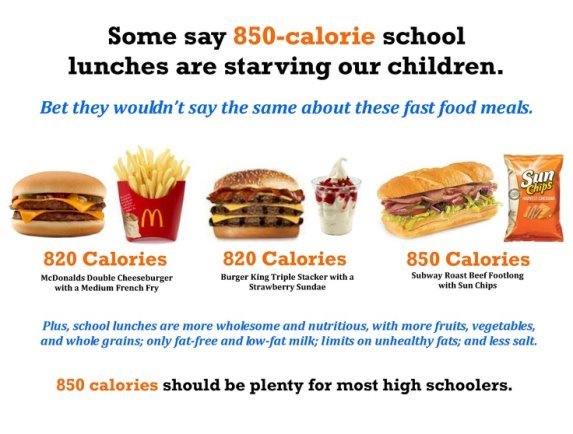
T: Watch the fourth video about typical British food: breakfast, lunch, dinner and supper.
https://www.youtube.com/watch?v=AeDco_eYzyI
T: It is time for our Experts. Let us consume the main points of healthy eating.
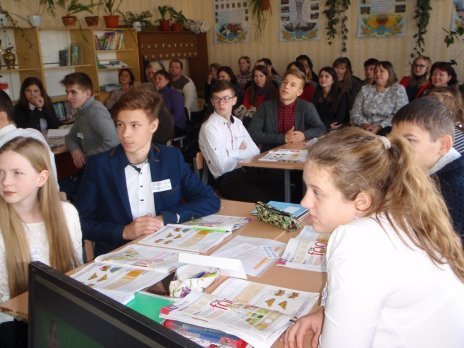
- Writing a paragraph.
T: Look through the information from the presentation.
T: On your desks, there are some shits of paper. Look through the information and make a course for the healthy breakfast, lunch, dinner, supper.



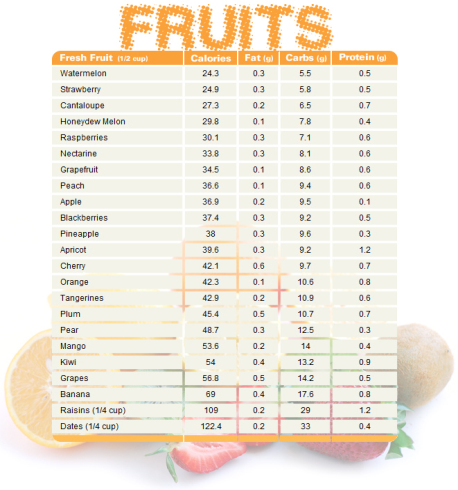
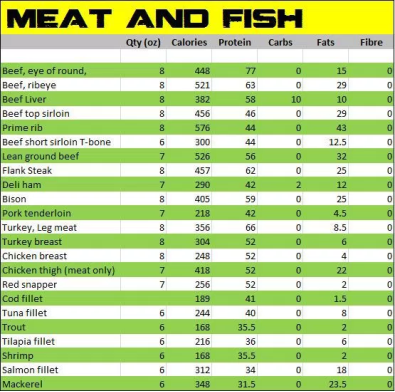
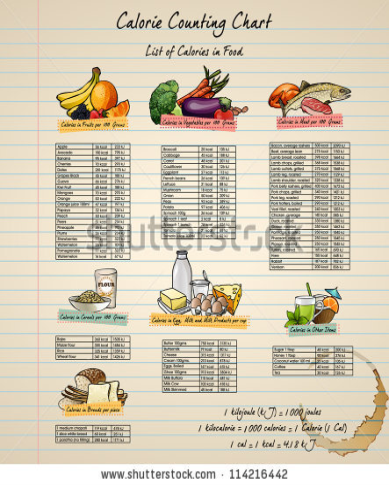
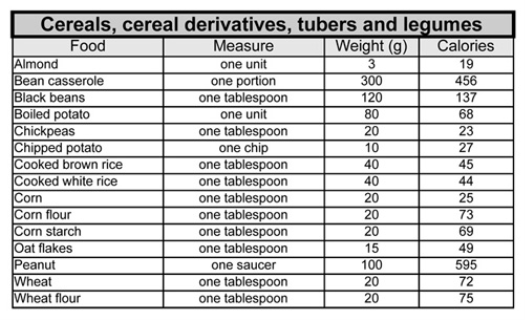
Pay attention that your breakfast and lunch must be rich in proteins and vitamins, and include more calories than dinner or supper. (Appendix 2)
- Presentation
T: Read their paragraphs and discuss how right they are. (Ss presents their sheets with menu and the Expert checks and analyses them)
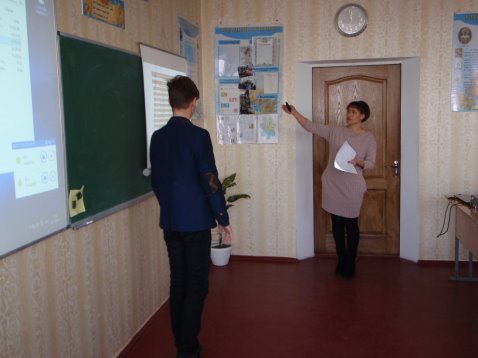
III Conclusion
T: What did you know from the lesson?
How healthy should be your diet?
How much calories do you need per a day?
How calculate your diet?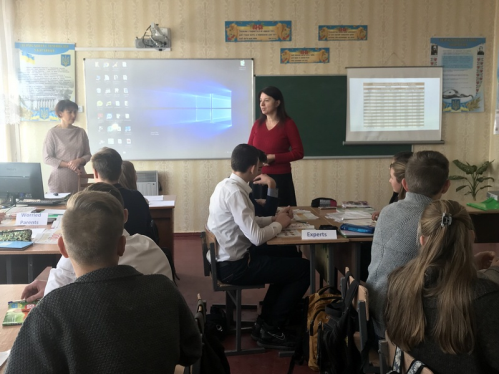
IV Home task
Prepare information about teens problems.
APENDIX 1
|
|
You |
Partner 1 |
Partner 2 |
Partner 3 |
|
What kind of food do you like eating? |
|
|
|
|
|
What kind of food do you hate eating? |
|
|
|
|
|
How often do you eat unhealthy food? |
|
|
|
|
|
What food do you avoid eating?
|
|
|
|
|
APENDIX 2
|
Breakfast |
Dishes |
Calories |
|
Starter
|
|
|
|
First course |
|
|
|
Main course |
|
|
|
Drink
|
|
|
|
Total: |
||


про публікацію авторської розробки
Додати розробку
